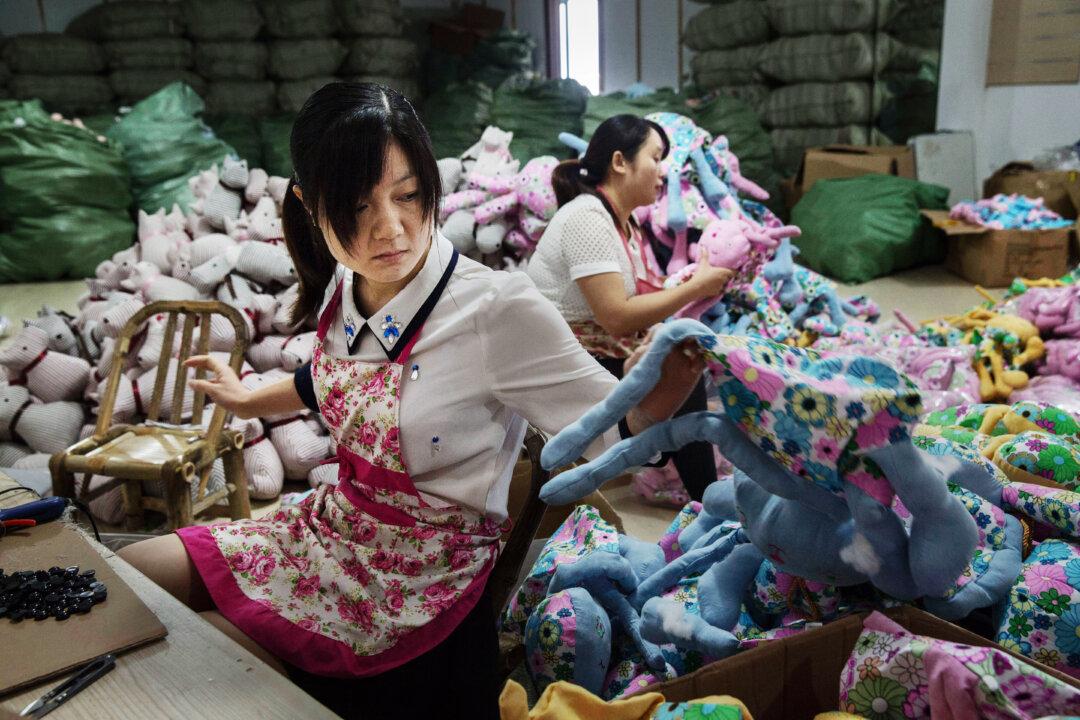Any kind of improvement will have to start somewhere. For the Chinese economy, the starting point is the second quarter of 2016, at least according to the data experts at China Beige Book (CBB).
Every quarter they survey thousands of Chinese companies and ask them whether their revenues went up, whether they are hiring or not and what they think of the future.
The results are a much better representation than official data, which often follows CBB’s lead a quarter or two later.
Transport construction followed its worst performance ever in Q1 with its largest improvement ever.
— China Beige Book





